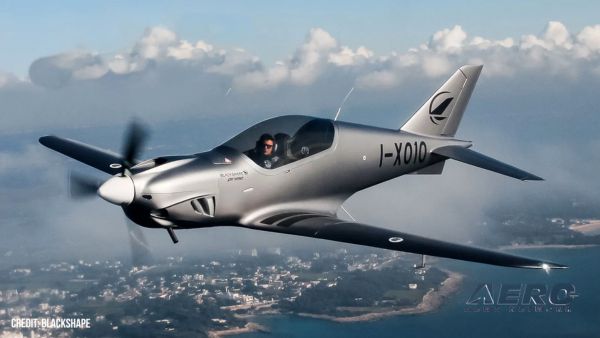Sun, Sep 30, 2018
Builds On Foundational Technology In Preparation Of Orbital Attempt
The microsatellite launch company comprised of New Space and enterprise software industry veterans from SpaceX, Virgin Galactic, McDonnell Douglas, Boeing, Sea Launch and VMware, has announced that the company received a U.S. patent for its enhanced liquid oxygen-propylene rocket engine. Vector is the first and only launch provider to utilize propylene fuel and liquid oxygen (LOX) in an operational launch system. This engine patent validates the innovative nature of Vector's approach and further protects the company's fundamental technology as it prepares to deliver customer payloads to orbit.

Vector's decision to pursue liquid oxygen and propylene as an alternative propellant technology is a strategic one. The unique properties of propylene as rocket fuel, including its density when chilled to near-cryogenic temperatures and energetic capabilities compared to that of other hydrocarbon fuels like RP-1 or Methane, enables Vector to deliver higher engine performance with smaller fuel tanks and avoid turbo-pumps traditionally used for other hydrocarbon fuels. By utilizing oxygen and propylene as propellants and propriety engine technology, Vector is effectively reducing the complexity and cost of its rockets, which are smaller, more reliable and unique to the launch vehicle market.
"Vector is the only launch company committed to propylene as a propellant and the first to use it in an operational vehicle, so this patent is not just an important validation but also serves as intellectual property protection," said John Garvey, President of Launch Services, Vector. "We've been incrementally testing this critical technology for several years in a series of flight test projects and are happy to see the patent awarded. This signals another important milestone for Vector as we work towards orbital launch capability."
Development of Vector's enhanced liquid oxygen-propylene rocket engine first began at Garvey Spacecraft Corporation, with early research sponsored by NASA and the U.S. Air Force. Vector's acquisition of Garvey Spacecraft in 2016, and the subsequent development of the Vector-R rocket, is a continuation of that technological lineage.
Poised to reshape the multi-billion-dollar launch market by dramatically increasing access and speed to orbit, Vector has borrowed best practices from the automotive industry to revolutionize the rocket production process. In just the last two and a half years Vector has built its Vector-R launch vehicle, and opened production facilities in Tucson to immediately ramp up rocket manufacturing and fly satellites into orbit.
(Source: Vector news release)
More News
Aero Linx: International Federation of Airworthiness (IFA) We aim to be the most internationally respected independent authority on the subject of Airworthiness. IFA uniquely combi>[...]
Ultrahigh Frequency (UHF) The frequency band between 300 and 3,000 MHz. The bank of radio frequencies used for military air/ground voice communications. In some instances this may >[...]
A Few Questions AND Answers To Help You Get MORE Out of ANN! 1) I forgot my password. How do I find it? 1) Easy... click here and give us your e-mail address--we'll send it to you >[...]
From 2019 (YouTube Edition): Learning To Paint Without Getting Any On Your Hands PPG's Aerospace Coatings Academy is a tool designed to teach everything one needs to know about all>[...]
Also: Sustainable Aircraft Test Put Aside, More Falcon 9 Ops, Wyoming ANG Rescue, Oreo Cookie Into Orbit Joby Aviation has reason to celebrate, recently completing its first full t>[...]
 ANN's Daily Aero-Linx (05.06.25)
ANN's Daily Aero-Linx (05.06.25) ANN's Daily Aero-Term (05.06.25): Ultrahigh Frequency (UHF)
ANN's Daily Aero-Term (05.06.25): Ultrahigh Frequency (UHF) ANN FAQ: Q&A 101
ANN FAQ: Q&A 101 Classic Aero-TV: Virtual Reality Painting--PPG Leverages Technology for Training
Classic Aero-TV: Virtual Reality Painting--PPG Leverages Technology for Training Airborne 05.02.25: Joby Crewed Milestone, Diamond Club, Canadian Pilot Insurance
Airborne 05.02.25: Joby Crewed Milestone, Diamond Club, Canadian Pilot Insurance


